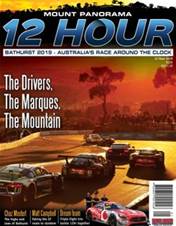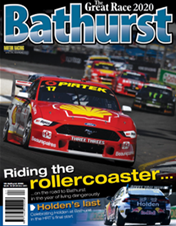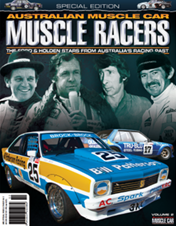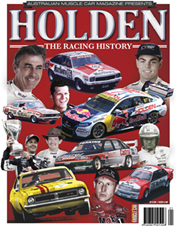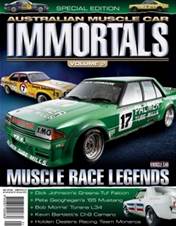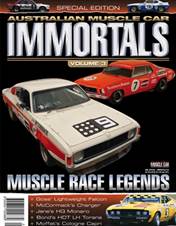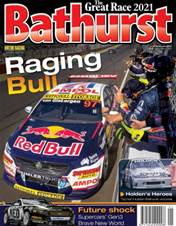“This is the trans-continental route; the full profile of a nation,” writes George Farwell in his book, Around Australia on Highway One, first published in 1966.
“It will take you over a distance of almost eight thousand miles and reveal the many different qualities that make Australia.”
Highway One was claimed as the longest continuous highway in the world (7664 miles, or 12,334km, to be exact). The final link between Cairns and Darwin wasn’t included at that stage. This section was considered impassable for normal sedans – or for any vehicle in the wet season. When you reached Darwin or Cairns you had to turn around and go back in the opposite direction.

In 1966 it was estimated you’d need two to three months to do the full trip. Today you can do the complete donut, around 14,500km, in two weeks if you push it.
Farwell’s book was a best-seller, reprinted many times over the following decade. The early versions are of special interest because they show what it was like to drive around Australia when Falcons, Holdens and Valiants ruled the roads. If you were lucky enough to own an early Australian muscle car, this is what conditions were really like.
Highway One was made up of many established roads, including the Bruce Highway (in the headlines today as 'Australia's most dangerous road'), Pacific Highway, Princes Highway and, from 1966, the just completed Sydney-Newcastle Expressway. This was considered the most modern highway in Australia along with the six-lane divided artery connecting Melbourne to Dandenong.
Those were the good bits.
Parts of Highway One were still dirt tracks and some dodgy stretches of bitumen.
The road to Cairns was known locally as ‘the crystal highway’ because there was so much shattered glass lining the road.
“It is often a mere strip of bitumen too narrow for two cars to pass without swinging on to loose stones or gravel which spray out from the wheels like hail,” writes Farwell.
In 1966 there were still two ferry crossings on Highway One in North Queensland and flooded rivers could trap motorists for days. Farwell remembers the Burdekin River peaking at half a mile wide. The new road bridge was completely submerged.
Highway One passed through the neon heart of Surfers Paradise, just as it did through the centres of Brisbane, Sydney, Melbourne, Adelaide and Perth.
In Sydney, Highway One included the Bradfield Highway, the road over the Sydney Harbour Bridge. One photo in the book shows traffic banked up in North Sydney on the approach to Sydney Harbour Bridge. In 1966 and for many years afterwards, this was the direct route for those travelling from Newcastle to Wollongong.

Then there was the other extreme.
Those following Highway One from Adelaide to Perth, or vice versa, had to cross the Nullabor which still contained long sections of dirt.
“The paved highway ends at Poochera, leaving 500 miles of gravel and corrugations to Balladonia across the West Australian border,” writes Farwell. “A few years ago, after a mere inch of rain, it took me ten hours to battle though 180 miles from Kimba to Ceduna.”

The NRMA warned motorists that it was essential to carry water (at least two gallons per person) and a 24-hour emergency supply of food. There was only one workshop for automotive repairs.
“In this lonely land even the smallest sign of man’s activity seems an event; the one-street township of Penong, a wayside petrol pump at Nundaroo, the squat water storage at Ivy Tanks, where a small café offers you a meal and a bed, but only a bucket for washing off the dust.”





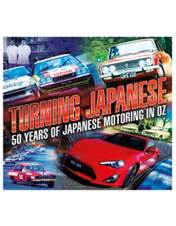

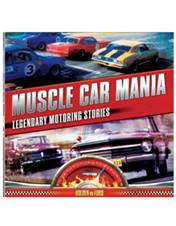
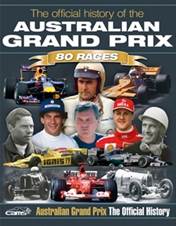
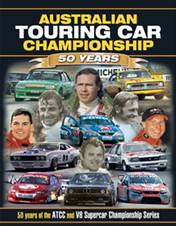
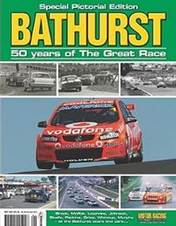
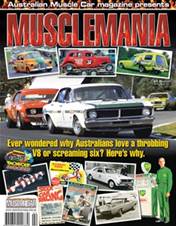
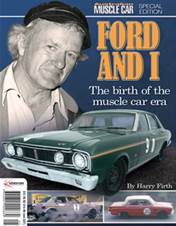
.jpg&q=70&h=226&w=176&c=1&s=1)
